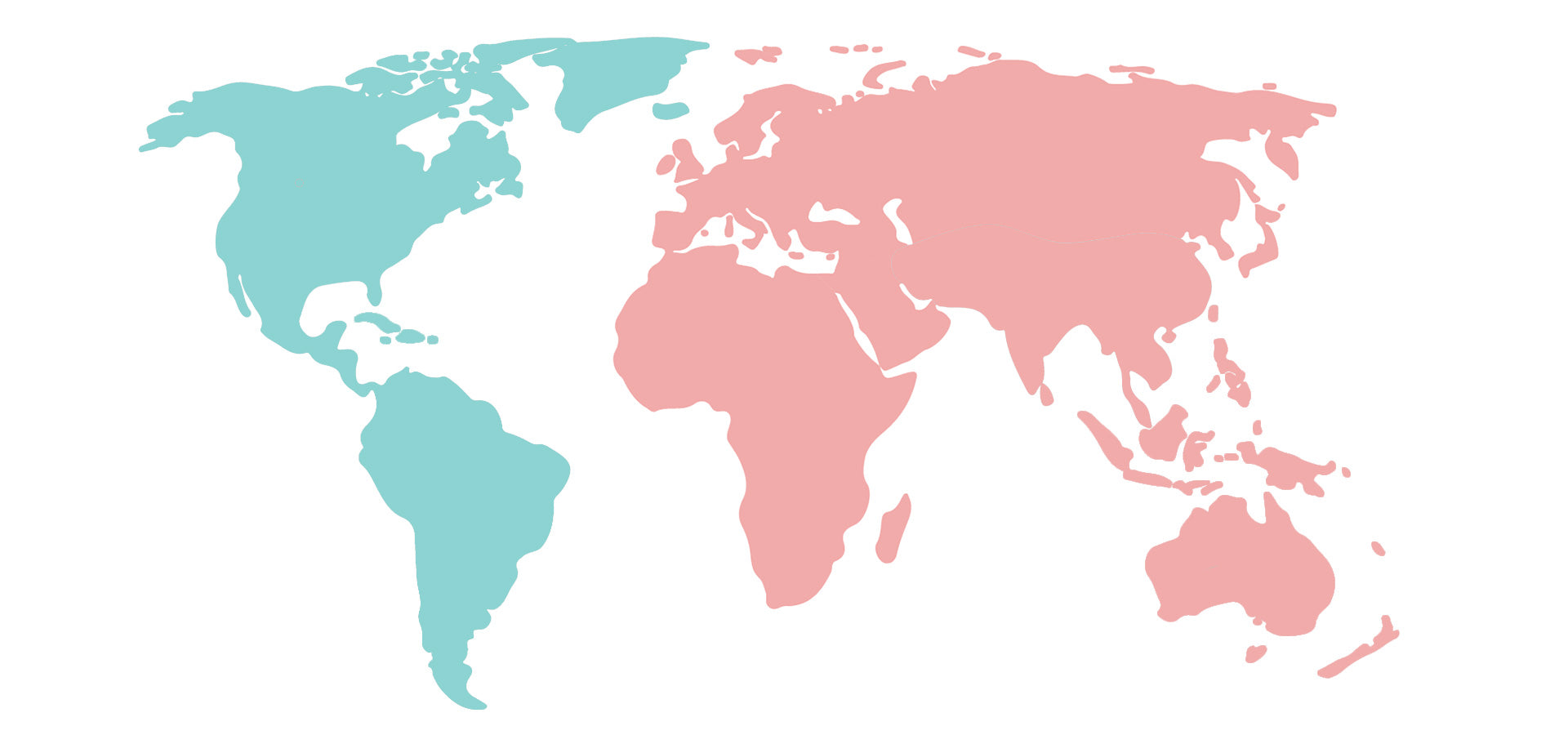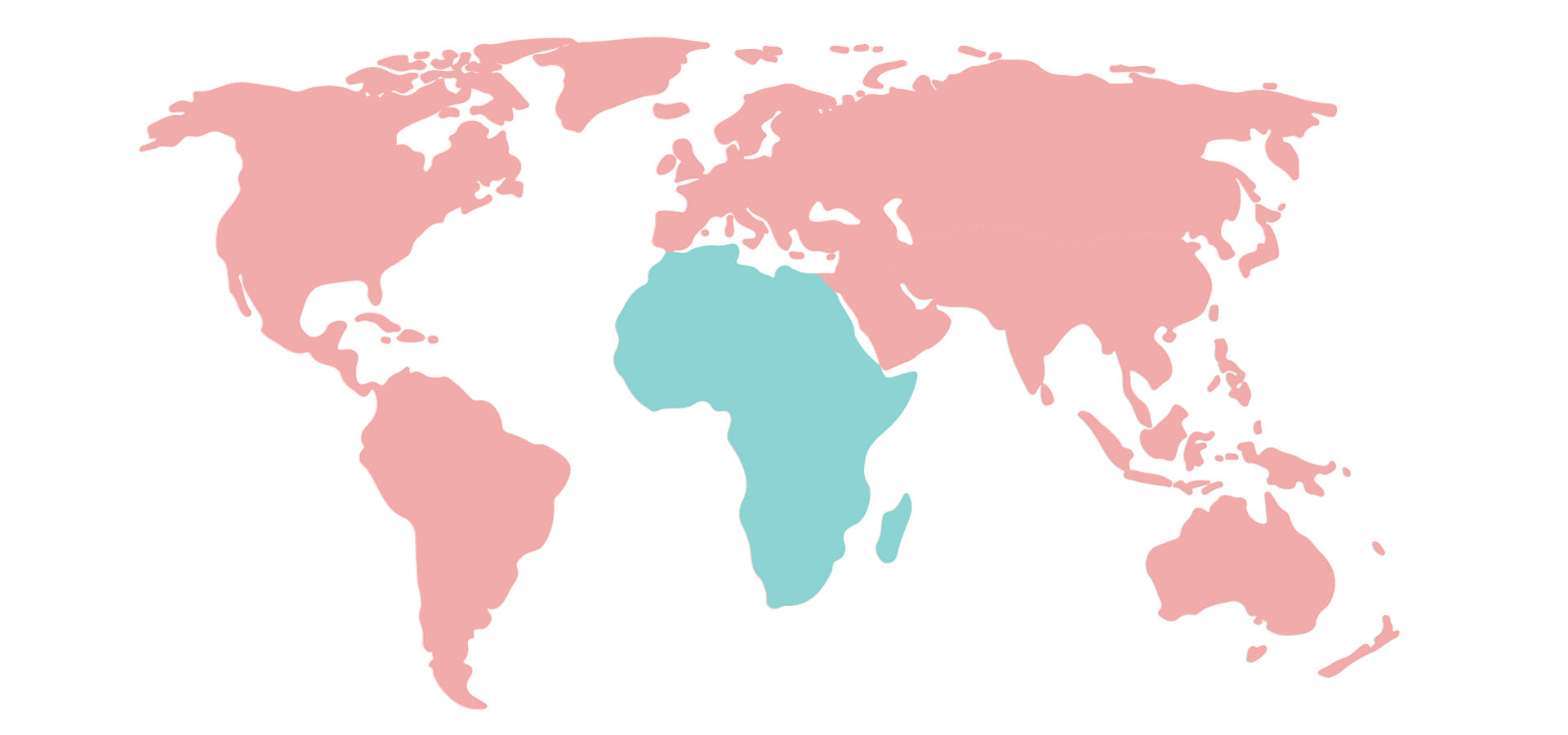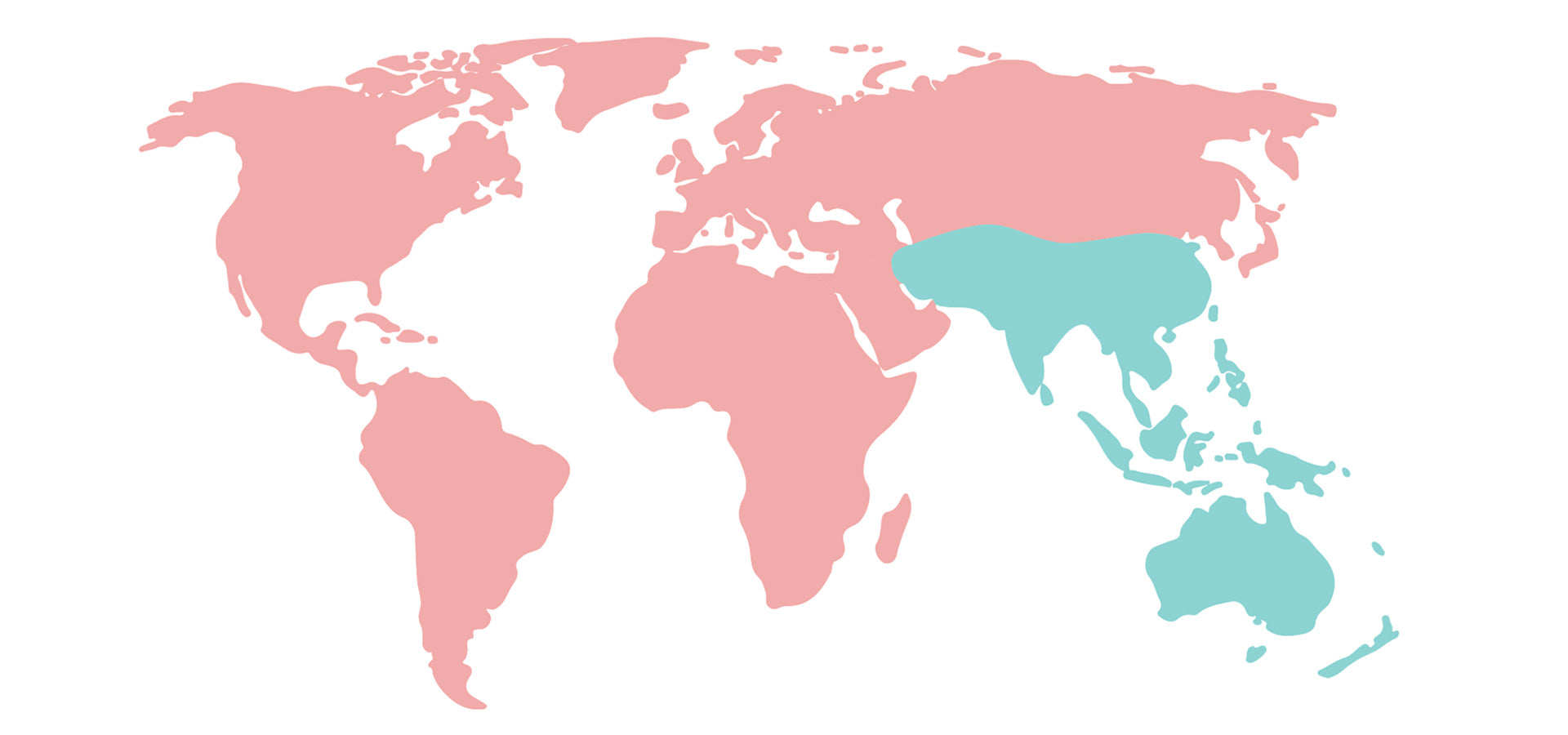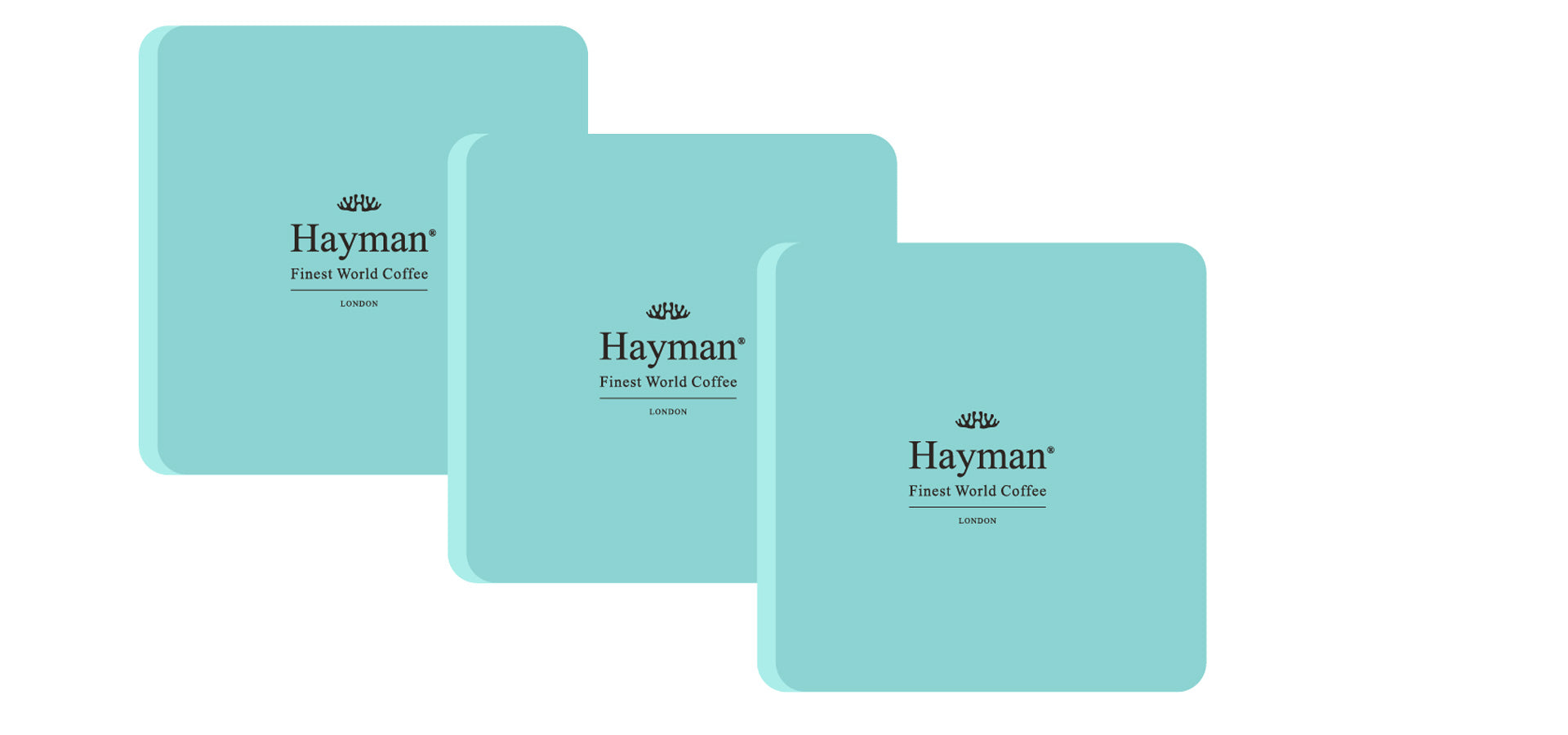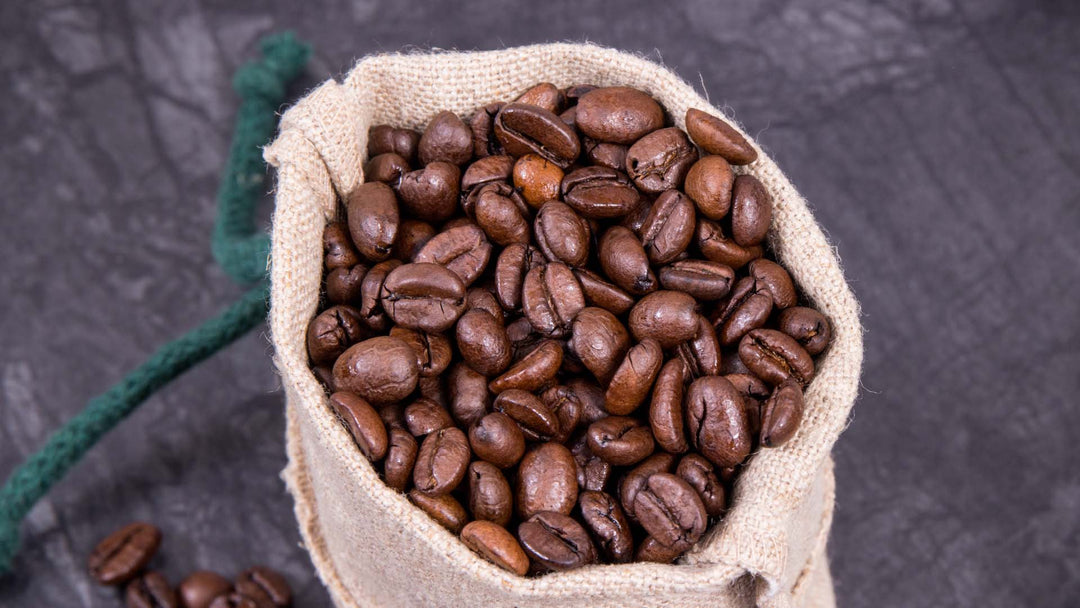Robusta and Arabica Coffee: Is There Really a Difference Between the Two?

You’ll often come across coffee farmers and producers boasting that the products they manufacture are ‘100% arabica coffee’. Even if this doesn’t mean anything to you personally, you probably know that the ‘arabica coffee’ label is seen as something of a mark of distinction.
By contrast, you rarely (if ever) come across a product that boldly announces to the world ‘100% robusta coffee’ as something of a badge of honour. In gourmet coffee circles in particular, arabica coffee is considered the gold standard.
But what, if anything, is the difference between these two different types of coffee beans? As the most popular and widely available types of coffee beans in the world, are there really any discernible differences between arabica coffee and robusta coffee?
From a scientific perspective, arabica and robusta coffee trees are entirely different species. Hence, they’ve very different properties, both inside and out.
As from the perspective of the everyday coffee lover, there are also important differences between arabica coffee and robusta coffee. So, if you’ve ever wondered why one of these types of coffee beans is presented as more prestigious than the other, here’s how and why robusta and arabica coffee are indeed quite different:
- First up, arabica coffee beans usually have a much lower caffeine content than their robusta This isn’t necessarily a good thing or a bad thing, but rather a fact. Robusta coffee has a typical caffeine content of around 2.7% - arabica coffee coming in at around 1.5% caffeine.
- You don’t have to be a committed coffee connoisseur to appreciate the difference in fragrance and flavour between arabica and robusta coffee beans. Generally speaking, it’s acknowledged and accepted that high-quality arabica coffee is leagues ahead of robusta in terms of both flavour and fragrance. That said, there are some who genuinely prefer the taste of the robusta bean, so there’s no ‘right’ or ‘wrong’ opinion on the matter.
- The vast majority of supermarket-grade coffee produced worldwide is made using robusta beans. This is because a typical bag of quality robusta beans costs approximately 50% less than a similar kind of arabica coffee beans. As it is a far cheaper commodity, robusta coffee finds its way into most generic and low-cost coffees.
- For the most part, robusta coffee is cheaper than arabica coffee for the simple fact that there is so much more of it available. It’s a far easier commodity to cultivate and produce, resulting in a much more widely available product that’s therefore naturally considered less exclusive and desirable.
- Nevertheless, it’s not to say that a stunning cup of gourmet coffee made with the best robusta beans in the world cannot be exponentially more delicious than a generic cup of low-quality arabica coffee. It’s all about the time, the care and attention that go into the cultivation and production processes - not just the types of coffee beans being produced.
If you’re still confused as to the differences between robusta coffee and arabica coffee, there’s an easy way of setting things straight. Simply set yourself up with a couple of bags of quality gourmet coffee beans and have yourself a DIY comparison workshop!
To order the best and freshest gourmet coffee , visit Hayman’s online store. We bring you coffee legends like Jamaican Blue Mountain coffee, best Kona coffee Hawaii, and Panama Geisha coffee beans (aka Gesha coffee) - click here to order your gourmet coffee today, we ship worldwide!
